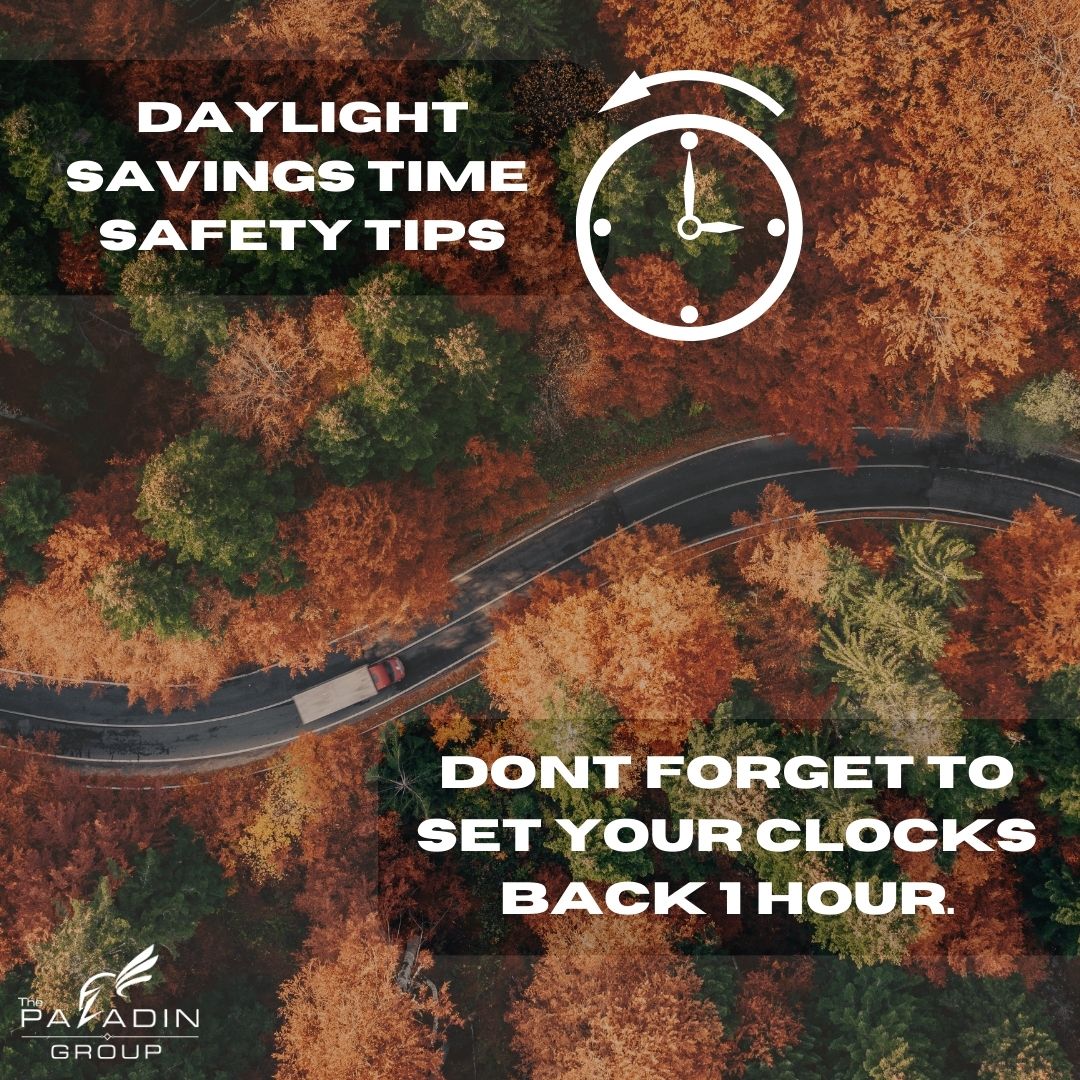
Daylight Saving Time Safety Tips
November 3, 2023 8:00 amThis post was written by: Channing Puls
Daylight savings time is November 5th, and historical data reveals an average 6% increase in accidents during the twilight hours of this day each year. This rise in accidents can largely be attributed to driver fatigue. According to the National Transportation Safety Board (NTSB), driver fatigue contributes to 30 to 40 percent of all heavy truck accidents.
The challenges associated with daylight savings time and driving are:
-
- Sleep Disruption: The primary consequence of daylight savings time is the disruption of sleep patterns. Fatigue resulting from this disruption delays reaction times and decision-making abilities, rendering drivers more susceptible to accidents.
- Circadian Rhythm: The body’s internal clock, or circadian rhythm, is sensitive to shifts in light and darkness. Daylight savings time disturbs this natural rhythm, often leading to drowsiness and difficulty in adjustment.
- Transition from Daylight to Darkness: Daylight savings time shifts an hour of daylight from the morning to the evening. This sudden change from daylight to darkness can catch drivers off guard, particularly during the initial days of the time change.
- Pedestrian Safety: Pedestrians are also at increased risk during the darker morning hours. They may be less visible to drivers, resulting in a higher number of pedestrian accidents.
To mitigate the risks associated with vehicle collisions linked to daylight savings time, consider the following preventive measures:
-
- Gradual Sleep Adjustment: Ease into the time change by gradually adjusting your sleep patterns. Try going to bed and waking up 15 minutes earlier each day in the days leading up to daylight savings time. This can help your body adapt to the new schedule.
- Situational Awareness: Stay vigilant and watch out for pedestrians, especially near crosswalks and school zones. Pedestrians can enhance their safety by wearing brightly colored or reflective clothing and utilizing designated crosswalks when available.
- Vehicle Maintenance: Ensure your vehicle is well-maintained and that you can see and be seen. Regularly check your headlights, taillights, and brake lights. Keep your windshield clean and replace worn-out wiper blades. Verify the functionality of your defroster and other essential components.
Trip Planning: When planning your trips, consider your hours of service. Many drivers arrange their routes to coincide with daylight hours, as nighttime driving is more likely to induce drowsiness and fatigue. Having a predetermined location for shutdown can be beneficial in this regard.


